As South Africa edges ahead of France in UK wine volumes, Graham Holter asks where it’s all gone wrong for the world’s most famous wine producer
France should be getting used to being embarrassed in the UK wine trade. Since Australia stole its title of leading exporter to the UK in the late 1990s, it has suffered the ignominy of seeing its volumes overtaken by both America and Italy.
Now, it is South Africa's turn to leave France in its wake. Over the past year it has outsold its Gallic rival for the first time in the off trade, with sales up 20% by volume, compared with a 12% decline for France [Nielsen 52w/e 23 January].
So what's gone wrong for French wine and what can it do to revive its fortunes?
In 2007, it was number two in volume and value, outdone only by Australia, whose success is built around varietally labelled, fruity wines with pronounceable names attributes beloved by consumers, but rare in France. The country's wine makers have also struggled to play the supermarket game as well as their New World rivals.
Production is localised, with few producers offering the kind of volumes that would give major retailers anything that could match, say, Gallo, Jacob's Creek or Kumala. There are also more pronounced vintage variations, which means consistency can be hard to achieve.
Yet at the upper end, France still reigns supreme. It dominates the fine wine fixtures of supermarkets and is the country in which most independents still specialise.
In value terms, France is outsold in the UK off-trade by America as well as Australia, but it is still £70m ahead of Italy and £158m in front of South Africa. France's average price per bottle is £4.94, way above the market average of £4.32 and second only to New Zealand among major producing countries.
This reflects the premium nature of many French wines, but also underscores France's problem with currency fluctuations. A year ago its average price was £4.57, just 13p more than Australia's. Now, the differential between the two is 62p.
"Eighteen months ago we were getting 1.42 to the pound. Now it's 1.07, says one independent retailer. "Effectively we've lost 25% of our purchasing power. Our prices on French wine have gone up by a third a £5 wine is now priced at £6.50, for example."
But Guy Anderson, of Guy Anderson Wines, believes currency is not the big issue. "If you look at the euro over 18 months, yes it's strengthened against the pound, but the Aussie dollar and rand have strengthened more," he says. Anderson believes South Africa's bargain proposition is "barely sustainable" and says France is right to reposition itself in £5-plus territory. "There are a lot of positives for French wines in that category of the market, where they can actually make some money," he argues.
However, the French do need to be more tactically astute with entry-level promotions, he says. "They haven't been able to promote down to the level where South Africa and Chile are. They have really suffered in the past 12 months for not having promotional funding. They used to have large support from the state that really helped them to promote better."
Châteauneuf-du-Pape, Chablis and St Émilion are among the appellations that once benefited from half-price deals in supermarkets, but missed their slots last year.
However, funding "should be coming back soon", says Anderson. Last summer's change in EU rules may also help France reclaim some lost volumes. Wines formerly labelled 'vins de table' are now allowed to name grape varieties and vintages, leaving the door open for cross-regional brands under the 'vin de France' banner.
There's another reason France should not fret unduly. Rapidly growing Asian markets hold French wine in high esteem and could help solve its over-production issues, while more mature markets such as the UK focus on the premium end. It also boasts brand names that the UK consumer understands such as Chablis and Sancerre. In short, the glass isn't half empty yet.
France should be getting used to being embarrassed in the UK wine trade. Since Australia stole its title of leading exporter to the UK in the late 1990s, it has suffered the ignominy of seeing its volumes overtaken by both America and Italy.
Now, it is South Africa's turn to leave France in its wake. Over the past year it has outsold its Gallic rival for the first time in the off trade, with sales up 20% by volume, compared with a 12% decline for France [Nielsen 52w/e 23 January].
So what's gone wrong for French wine and what can it do to revive its fortunes?
In 2007, it was number two in volume and value, outdone only by Australia, whose success is built around varietally labelled, fruity wines with pronounceable names attributes beloved by consumers, but rare in France. The country's wine makers have also struggled to play the supermarket game as well as their New World rivals.
Production is localised, with few producers offering the kind of volumes that would give major retailers anything that could match, say, Gallo, Jacob's Creek or Kumala. There are also more pronounced vintage variations, which means consistency can be hard to achieve.
Yet at the upper end, France still reigns supreme. It dominates the fine wine fixtures of supermarkets and is the country in which most independents still specialise.
In value terms, France is outsold in the UK off-trade by America as well as Australia, but it is still £70m ahead of Italy and £158m in front of South Africa. France's average price per bottle is £4.94, way above the market average of £4.32 and second only to New Zealand among major producing countries.
This reflects the premium nature of many French wines, but also underscores France's problem with currency fluctuations. A year ago its average price was £4.57, just 13p more than Australia's. Now, the differential between the two is 62p.
"Eighteen months ago we were getting 1.42 to the pound. Now it's 1.07, says one independent retailer. "Effectively we've lost 25% of our purchasing power. Our prices on French wine have gone up by a third a £5 wine is now priced at £6.50, for example."
But Guy Anderson, of Guy Anderson Wines, believes currency is not the big issue. "If you look at the euro over 18 months, yes it's strengthened against the pound, but the Aussie dollar and rand have strengthened more," he says. Anderson believes South Africa's bargain proposition is "barely sustainable" and says France is right to reposition itself in £5-plus territory. "There are a lot of positives for French wines in that category of the market, where they can actually make some money," he argues.
However, the French do need to be more tactically astute with entry-level promotions, he says. "They haven't been able to promote down to the level where South Africa and Chile are. They have really suffered in the past 12 months for not having promotional funding. They used to have large support from the state that really helped them to promote better."
Châteauneuf-du-Pape, Chablis and St Émilion are among the appellations that once benefited from half-price deals in supermarkets, but missed their slots last year.
However, funding "should be coming back soon", says Anderson. Last summer's change in EU rules may also help France reclaim some lost volumes. Wines formerly labelled 'vins de table' are now allowed to name grape varieties and vintages, leaving the door open for cross-regional brands under the 'vin de France' banner.
There's another reason France should not fret unduly. Rapidly growing Asian markets hold French wine in high esteem and could help solve its over-production issues, while more mature markets such as the UK focus on the premium end. It also boasts brand names that the UK consumer understands such as Chablis and Sancerre. In short, the glass isn't half empty yet.







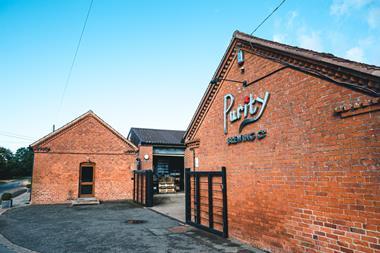

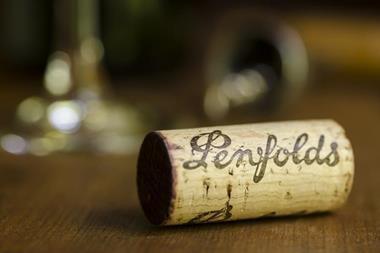
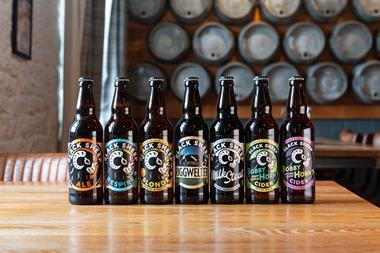
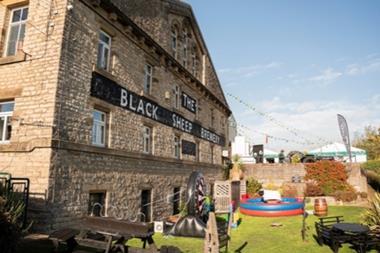
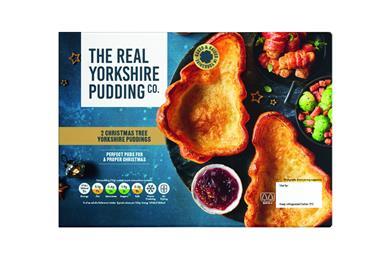
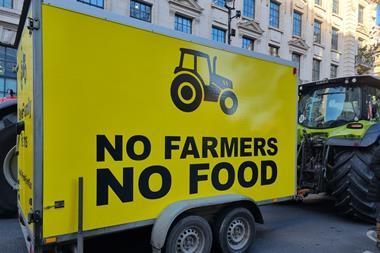

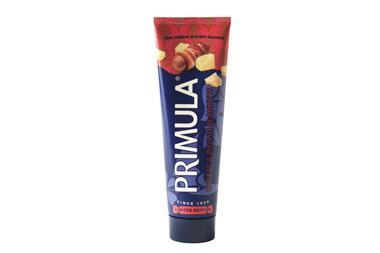

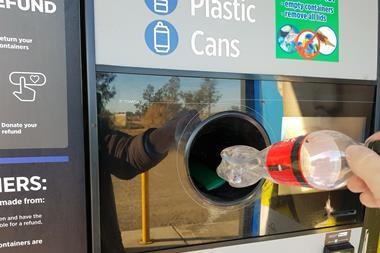
No comments yet